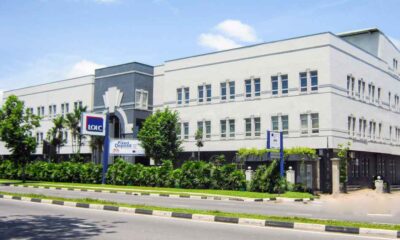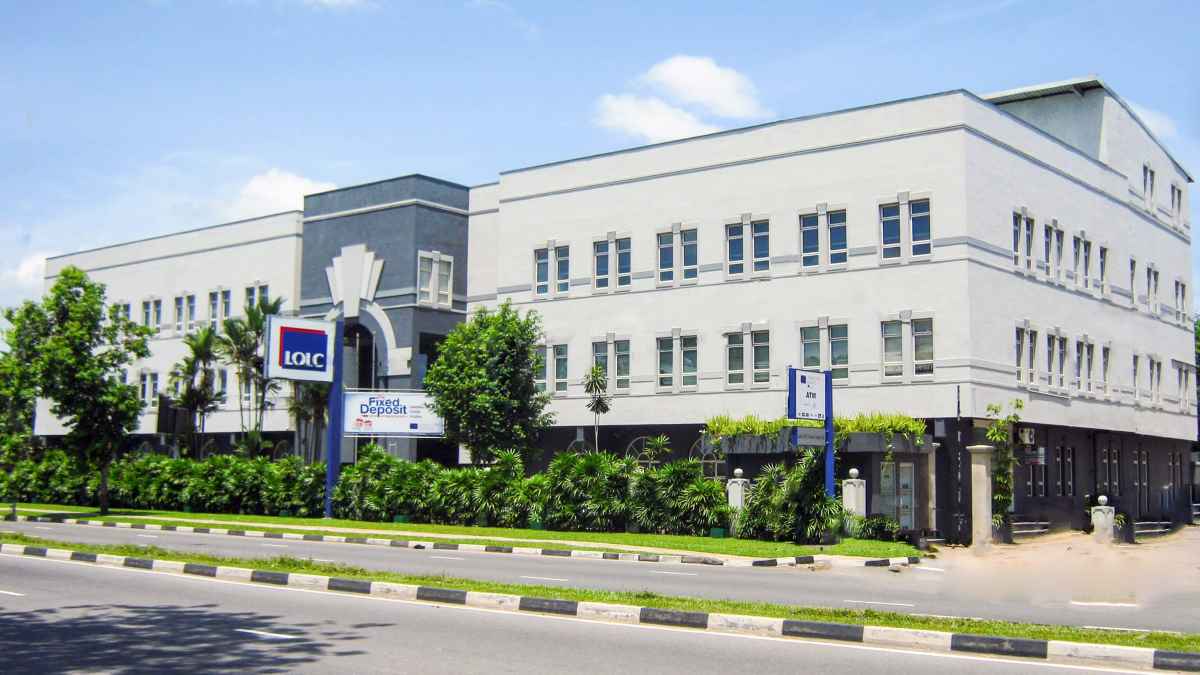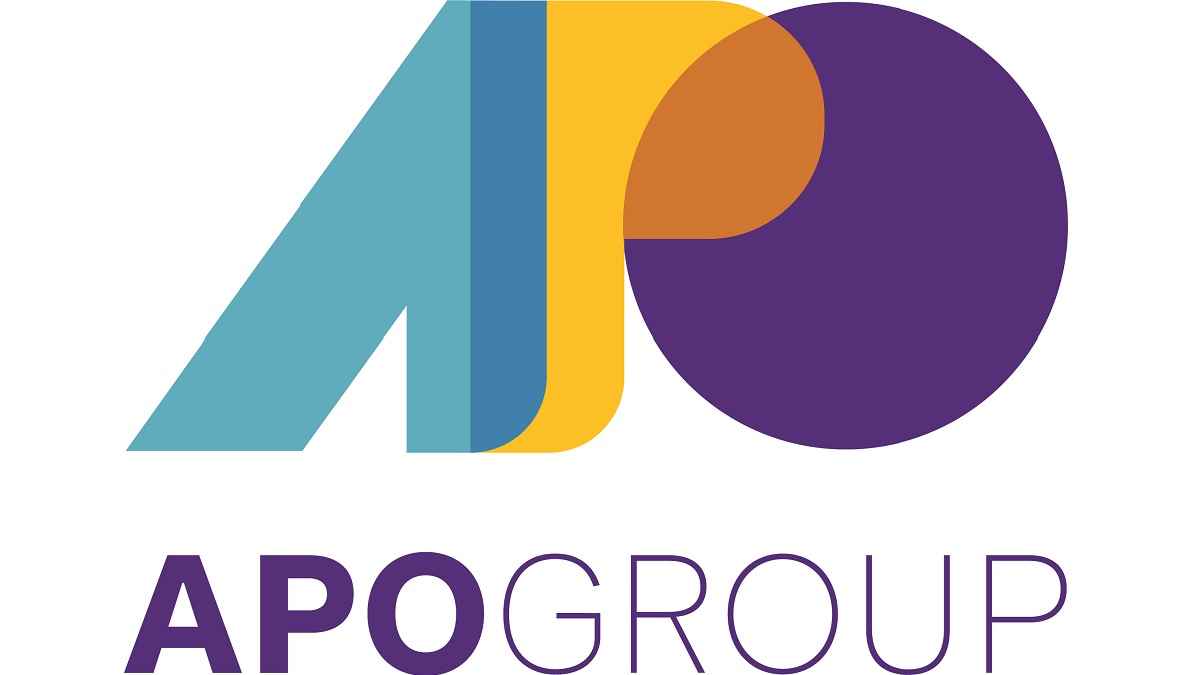Growth forecasts for advertising spend have been downgraded this year (-0.9pp to +6.7%) and next (-0.7pp to +6.3%), equivalent to a $19.8bn cut.
The risk of prolonged stagflation – and outright recession – has grown in key economies, exacerbated by new trade tariffs set to bite from H2 2025. Automakers, retailers and tech brands are most exposed.
Regulation is another headwind, with the EU tightening its stance on both Google and Apple. Outstanding US antitrust rulings against Google and TikTok also add to a climate of uncertainty for media strategists.
The global ad market is expected to be worth $1.15trn this year, an absolute rise of $72.9bn (+6.7%) from a strong 2024. Alternative modelling based on a pessimistic OECD scenario further cuts ad market growth, to +6.4% this year.
WARC Global Ad Spend Outlook 2025/26 – Q1 2025 update
27 March 2025 – A new study from WARC, the experts in marketing effectiveness, has found that global advertising spend is now on course to grow 6.7% this year to $1.15trn, a downgrade of almost one percentage point (pp) from WARC’s November forecast due to growing market volatility. A further cut of 0.7pp has been applied to 2026, downrating growth to 6.3%.
The underlying factors for these downward revisions are wide ranging, but core among them is the rising risk of stagflation – or outright recession – across major economies, compounded by heightened costs being levied on trade by the US. Tightening regulation in the European Union, squeezed margins and low business and consumer confidence are also contributing factors.
James McDonald, Director of Data, Intelligence & Forecasting, WARC, and author of the report, says: “The global ad market faces mounting uncertainty as trade tariffs, economic stagnation, and tightening regulation disrupt key sectors – leading us to cut growth prospects by $20bn over the next two years. Automakers, retailers, and tech brands in particular are now reigning in ad spend amid rising manufacturing costs and mounting supply chain pressures.
“Despite the growing volatility, digital advertising remains strong, led by three companies – Alphabet, Amazon and Meta – on course to control over half of the market in 2029. Regulatory scrutiny and uncertainty around TikTok’s future in the US further compound risks to growth, however, advertisers must be nimble in order to seize initiative in this shifting landscape.”
Three scenarios for an uncertain future
WARC’s latest global projections are based on data aggregated from 100 markets worldwide, and leverage a proprietary neural network which projects advertising investment patterns based on over two million data points. These include macroeconomic data, media owner revenue, marketing expenses from the world’s largest advertisers, media consumption trends and media cost inflation. It is believed to be one of the most comprehensive advertising market models available to the industry today.
This capability has allowed WARC to model three scenarios for this report based on differing severities of deterioration in underlying market conditions. These are as follows:
WARC’s baseline forecast, drawing from current indicators
The Organization for Economic Cooperation and Development (OECD) scenario, which assumes 10% universal trade tariffs and cuts 0.5pp from GDP in key economies over three years, as well as adding 0.4 points to inflation
A more severe case, which removes a full point from global growth aside 0.4 points to inflation over the next three year
Applying the OECD scenario to the advertising market cuts a further 0.3pp and $4bn from global growth compared to WARC’s baseline of 6.3% growth and total of $1.15trn. The Trump administration still intends to introduce new reciprocal tariffs with all trading partners on April 2nd, aside a blanket 20% hike already imposed on China and similar punitive measures pending for Canada and Mexico. This plays into a more severe scenario which, when modelled, equates to a 0.8pp downgrade in advertising growth compared to our baseline, at an extra cost of $9.5bn.
WARC believes the impacts of trade fragmentation will begin to be felt in the advertising market from the second half of this year, before becoming more pronounced during the first half of 2026.
Automotive, retail and tech sectors set to bear brunt of tariff impacts
Automotive ad spend down 7.4% this year as manufacturing stalls and key players pare back on brand building
Retailers set to lower ad spend by 5.3% as margins tighten; US retailers are vulnerable to disruption among Chinese suppliers
Ad growth set to halve among tech & electronic brands as barriers to trade impair access to components
The automotive industry contributes significantly to the revenues of leading ad agencies, spending $54.8bn last year of which more than one in five (22.5%) dollars went to premium video formats – predominantly spots. Budgets are shifting away from linear TV and towards digital platforms, however, with more than half (51.1%) of automotive spend worldwide now going to search and social media.
Major US automakers, including General Motors and Ford, have reduced their advertising budgets in recent years despite revenue growth. GM reinvests 1.8% of its sales revenue into marketing activity, down from 3.5% in 2013, while for Ford the share is just 1.2%.
Data from the European Automobile Manufacturers Association (EAMA), published this month, shows impending tariffs on Mexican, Canadian and Chinese production pose a risk to two fifths (40.7%) of the automotive industry. WARC expects a decline in ad spend among automotive brands to be close to 7.4% this year, with video formats more likely to incur larger losses.
Retail is the largest sector WARC monitors, with projected ad spend of $162.7bn this year equivalent to 14.1% of the global ad market. This total represents a fall of 5.3% from 2024 levels of spend, however, mostly reflective of the looming impacts of tariffs on supply chains. Both the OECD scenario (-5.7%) and severe case (-6.1%) paint gloomier prospects for ad spend among retailers this year.
The retail sector recorded dramatic growth last year – up 13.6% or $18.9bn – buoyed by aggressive strategies from new entrants to western markets like Temu and Shien. Our working assumption is that these companies will significantly ease advertising activity this year as trade barriers disrupt direct routes to western consumers, stymying headline growth in the retail sector.
The tech and electronics sector spent $84.3bn on advertising last year, a bounceback of 25.0% following two years of decline (due to rising interest rates affecting tech startups) which was propelled by increased demand for microchips from AI and more fluid supply chains.
WARC forecasts a 6.2% ad spend growth in this sector to $89.5bn, a downgrade from the +13.9% forecast in November in large part reflective of new tariffs targeted at semiconductors. Both the OECD (+5.8%) and severe (+4.9%) scenarios point to a further cooling in growth.
Online platforms shrug off regulatory pressures
Search to account for more than a fifth (21.7%) of the ad market, with spend rising 8.0% to $250.0bn this year despite regulatory threats
Social media – the largest single advertising medium globally – is poised to account for a quarter of all ad spend this year
Retail media set to be joint-fastest growing advertising medium this year, though trade disruption threatens ad receipts from consumer packaged goods (CPG) brands
Last week, the European Union found Apple and Google to be in breach of its Digital Markets Act (DMA), potentially costing the pair billions of dollars in fines. The EU is also pushing back on personalisation via the Digital Fairness Act, while a recent UK court ruling could allow UK consumers to opt out of personalised advertising. These developments stand to significantly impact retail, social media and the future of paid search advertising.
These developments, coupled with the US antitrust ruling against Google late last year, show a significant souring among legislative bodies against major tech firms. Ongoing uncertainty on the practicalities and likely appeals from Google and Apple, means our growth projections for the sector remain positive.
WARC projects a rise of 8.0% for paid search this year, though this is down a point from our last forecast and 1.3pp ahead of the companion OECD scenario modelled for this release. Within this, Google is expected to record an 8.5% rise in paid search revenue, while Apple’s search business, estimated to be worth $5.1bn last year per Omdia Advertising Intelligence, should grow by a similar order.
Taken together, social media companies are expected to net $286.2bn in advertising revenue this year, up 12.1% from last year and equivalent to a quarter (24.8%) of global advertising spend. Within this, TikTok (+23.6%), Instagram (+17.0%) and Facebook (+8.6%) are expected to see healthy gains, as a long tail of advertisers leverage new generative AI tools to target consumers.
Major US retailers Walmart and Costco have reportedly requested their Chinese suppliers – who make up between one third and one half of their supply chains – cut prices to ease the pressures from new tariffs on their goods. Chinese producers also account for a ‘significant’ proportion of supply chains for global pure players like Amazon, while Chinese properties targeting western shoppers – including Temu and Shien – are particularly exposed.
Money continues to flow into the retail media market, and new commerce media entrants, from the air travel and banking sectors, are boosting the sector. WARC believes that retail media will be the joint-fastest growing medium this year, at +15.4%.
This rate is ahead of the wider pure play internet market (+10.1%) and more than double the total global growth rate, resulting in retail media’s share of global spend rising to 15.5% this year – equivalent to $178.7bn. Disruption to this ecosystem could broadly dampen ad spend within the consumer packaged goods (CPG) sector, though.
Economic outlook cut across key advertising markets
US ad market expected to post a solid rise this year (+5.7%), though growth is less than half that recorded in 2024 (+13.1%)
The Chinese ad market continues to struggle with weak domestic demand; growth is set to slow to 5.3% this year and just 3.5% in 2026.
The UK, German and Japanese economies are all stalling and present a severe risk of stagflation over the forecast period
We believe the US ad market will grow 5.7% this year to $451.9bn, though this is less than half the growth rate recorded in 2024 (+13.1%). Contrary to OECD expectations for the US economy, ad market growth should accelerate in 2026, with spend rising 6.5% (+4.4% in real terms) as activity increases around the FIFA World Cup (hosted across North America) and US midterms.
China too is expected to record a slowdown in both advertising and economic growth this year when compared to 2024. Its ad market has cooled on the back of weak domestic demand, and spend is set to rise by 5.3% to $205.5bn this year compared to growth of 7.1% recorded in 2024. This year’s growth rate equates to a 3.5% rise in real terms, which lags the OECD’s expectation of 4.8% real growth in the Chinese economy (a 0.1pp upgrade on its last forecast).
Our preliminary estimate for ad market growth in the UK last year stands at +10.2%, though this is due to be confirmed next month as part of the AA/WARC Expenditure Report. The UK’s ad market is highly digital, with online ads accounting for four in five (82.6%) ad dollars. We believe the UK’s ad market will grow by 7.1% to a value of $52.6bn this year, though this is tempered to a 5.0% rise after accounting for inflation.
The outlook is tougher for Japan, where advertising spend is expected to dip by 2.0% to $40.0bn this year (-3.9% in real terms). The market is set to grow 3.3% this year when measured in local currency, demonstrating the current strength of the greenback against the yen. The OECD has downgraded its growth expectations for the Japanese economy by 0.4pp both this year and next, with economic stagnation a likelihood in 2026.
Germany’s economy is also in the doldrums, with real growth of just 0.4% expected by the OECD this year following a cut of 0.3pp from its last outlook. This sluggish growth underpins our expectations of a 2.1% fall in German advertising spend to $27.1bn this year, equivalent to a 4.1% dip in real terms after accounting for inflation.
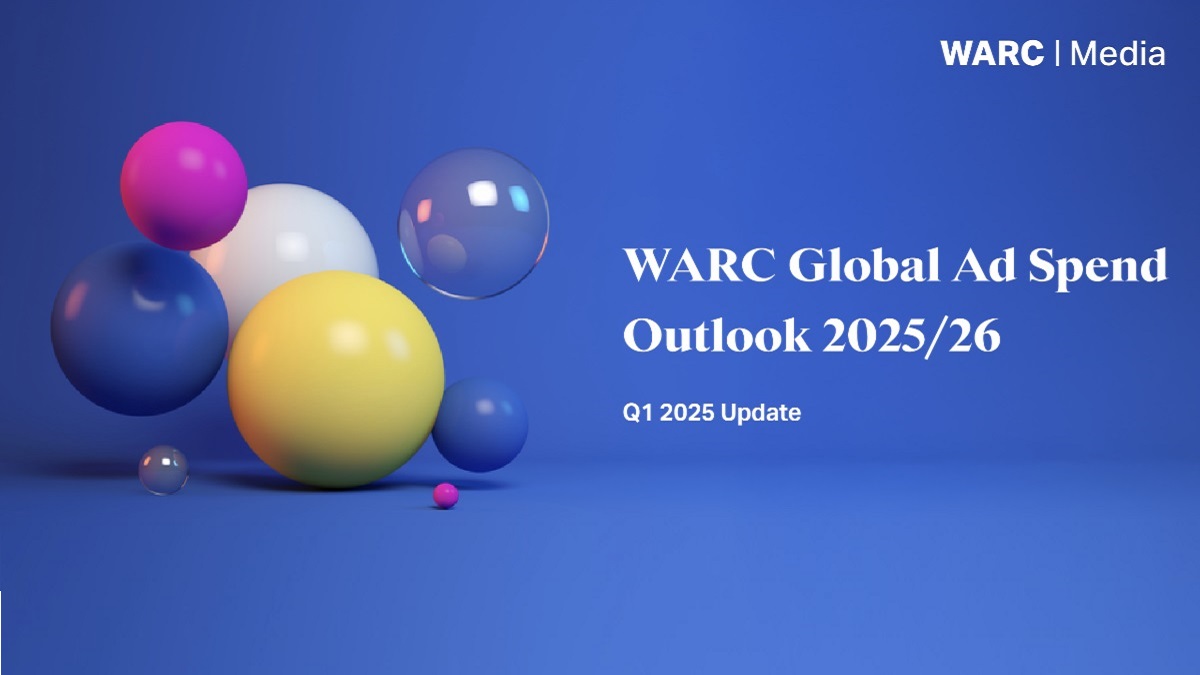

 Business4 days ago
Business4 days ago
 Business4 days ago
Business4 days ago
 Business4 days ago
Business4 days ago
 Business4 days ago
Business4 days ago
 Business4 days ago
Business4 days ago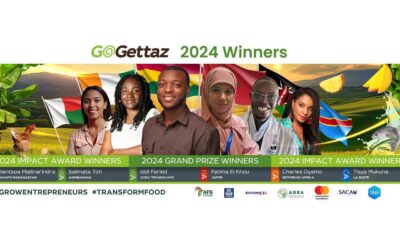
 Business4 days ago
Business4 days ago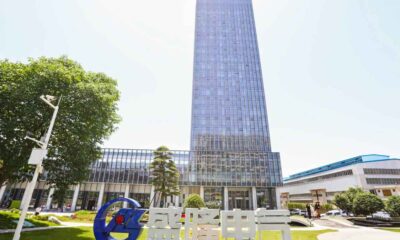
 Business5 days ago
Business5 days ago
 Business4 days ago
Business4 days ago
